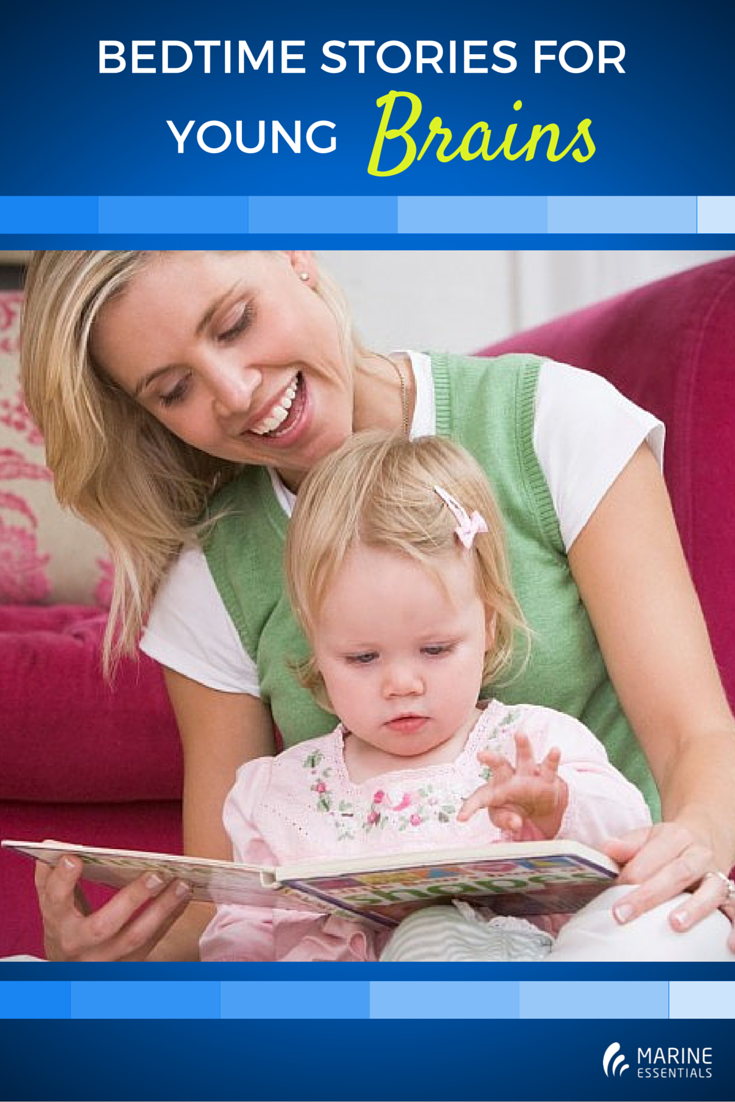
Source: well.blogs.nytimes.com
A little more than a year ago, the American Academy of Pediatrics issued a policy statement saying that all pediatric primary care should include literacy promotion, starting at birth.
That means pediatricians taking care of infants and toddlers should routinely be advising parents about how important it is to read to even very young children. The policy statement, which I wrote with Dr. Pamela C. High, included a review of the extensive research on the links between growing up with books and reading aloud, and later language development and school success.
But while we know that reading to a young child is associated with good outcomes, there is only limited understanding of what the mechanism might be. Two new studies examine the unexpectedly complex interactions that happen when you put a small child on your lap and open a picture book.
Children whose parents reported more reading at home and more books in the home showed significantly greater activation of brain areas in a region of the left hemisphere called the parietal-temporal-occipital association cortex. This brain area is “a watershed region, all about multisensory integration, integrating sound and then visual stimulation,” said the lead author, Dr. John S. Hutton, a clinical research fellow at Cincinnati Children’s Hospital Medical Center.
This region of the brain is known to be very active when older children read to themselves, but Dr. Hutton notes that it also lights up when younger children are hearing stories. What was especially novel was that children who were exposed to more books and home reading showed significantly more activity in the areas of the brain that process visual association, even though the child was in the scanner just listening to a story and could not see any pictures.
“When kids are hearing stories, they’re imagining in their mind’s eye when they hear the story,” said Dr. Hutton. “For example, ‘The frog jumped over the log.’ I’ve seen a frog before, I’ve seen a log before, what does that look like?”
The different levels of brain activation, he said, suggest that children who have more practice in developing those visual images, as they look at picture books and listen to stories, may develop skills that will help them make images and stories out of words later on.
“It helps them understand what things look like, and may help them transition to books without pictures,” he said. “It will help them later be better readers because they’ve developed that part of the brain that helps them see what is going on in the story.”
Dr. Hutton speculated that the book may also be stimulating creativity in a way that cartoons and other screen-related entertainments may not.
“When we show them a video of a story, do we short circuit that process a little?” he asked. “Are we taking that job away from them? They’re not having to imagine the story; it’s just being fed to them.”
We know that it is important that young children hear language, and that they need to hear it from people, not from screens. Unfortunately, there are serious disparities in how much language children hear — most famously demonstrated in a Kansas study that found poor children heard millions fewer words by age 3.
But it turns out that reading to — and with — young children may amplify the language they hear more than just talking. In August,Psychological Science reported on researchers who studied the language content of picture books. They put together a selection from teacher recommendations, Amazon best sellers, and other books that parents are likely to be reading at bedtime.
In comparing the language in books to the language used by parents talking to their children, the researchers found that the picture books contained more “unique word types.”
“Books contain a more diverse set of words than child-directed speech,” said the lead author, Jessica Montag, an assistant research psychologist at the University of California, Riverside. “This would suggest that children who are being read to by caregivers are hearing vocabulary words that kids who are not being read to are probably not hearing.”
So reading picture books with young children may mean that they hear more words, while at the same time, their brains practice creating the images associated with those words — and with the more complex sentences and rhymes that make up even simple stories.
I have spent a great deal of my career working with Reach Out and Read, which works through medical providers to encourage parents to enjoy books with their infants, toddlers and preschoolers. This year, our 5,600 program sites will give away 6.8 million books (including many to children in poverty), along with guidance to more than 4.5 million children and their parents. (The group also provided some support to Dr. Hutton’s research.)
Studies of Reach Out and Read show that participating parents read more and children’s preschool vocabularies improve when parents read more. But even as someone who is already one of the choir, I am fascinated by the ways that new research is teasing out the complexity and the underlying mechanisms of something which can seem easy, natural and, well, simple. When we bring books and reading into checkups, we help parents interact with their children and help children learn.
“I think that we’ve learned that early reading is more than just a nice thing to do with kids,” Dr. Hutton said. “It really does have a very important role to play in building brain networks that will serve children long-term as they transition from verbal to reading.”
And as every parent who has read a bedtime story knows, this is all happening in the context of face-time, of skin-to-skin contact, of the hard-to-quantify but essential mix of security and comfort and ritual. It’s what makes toddlers demand the same story over and over again, and it’s the reason parents tear up (especially those of us with adult children) when we occasionally happen across a long-ago bedtime book.





























